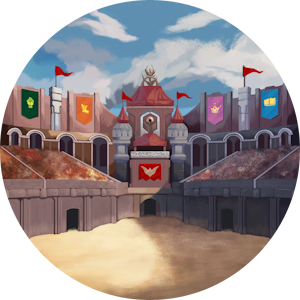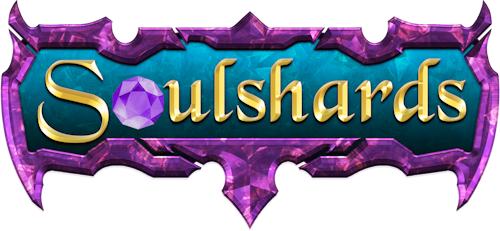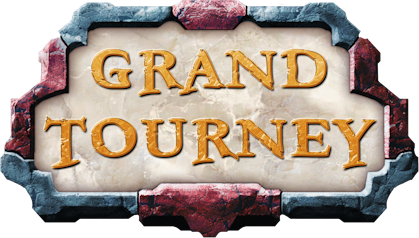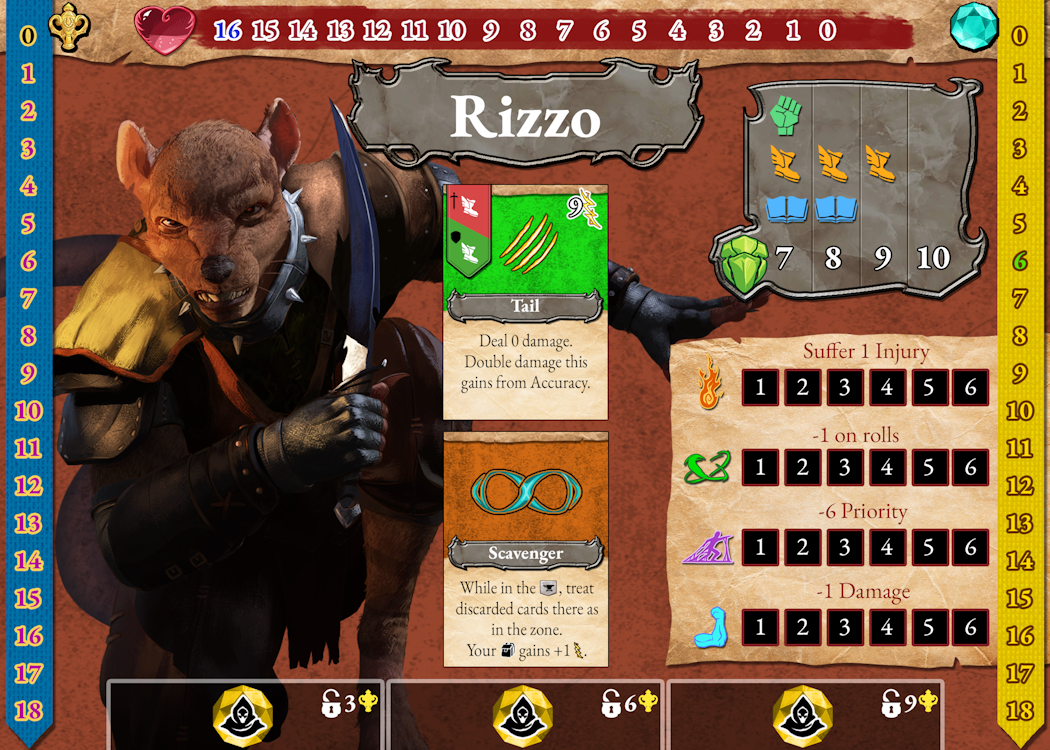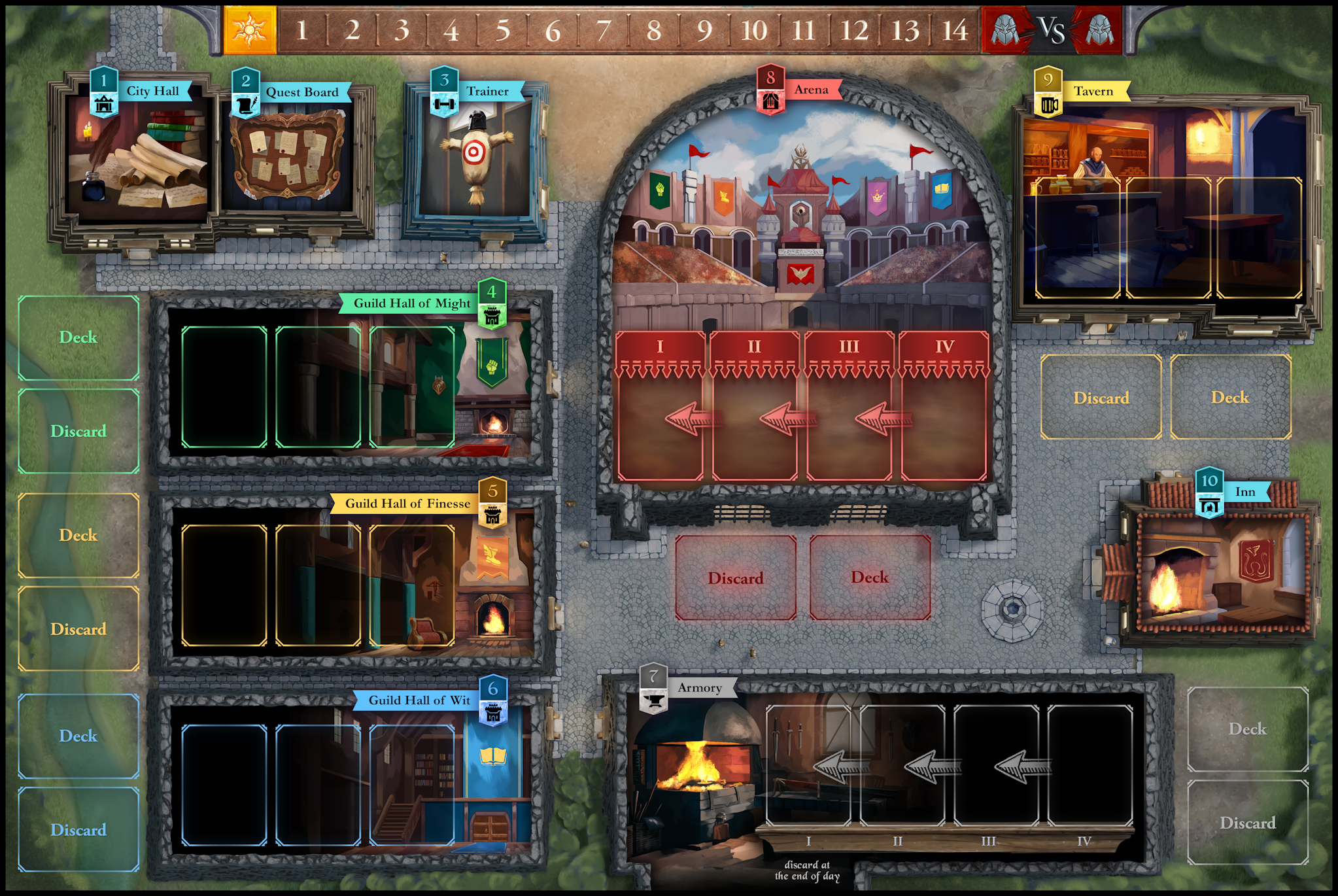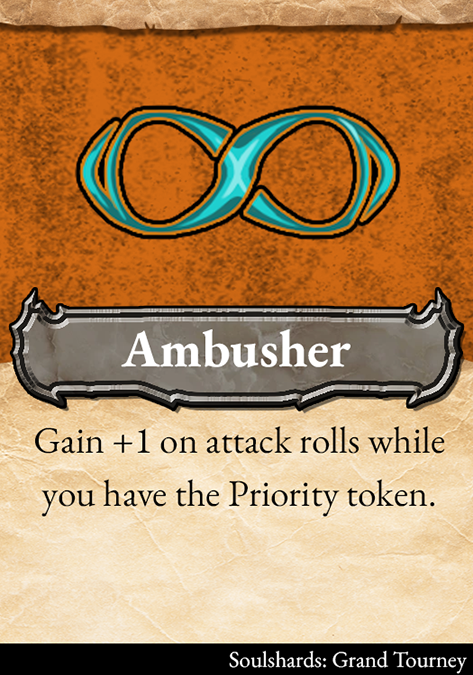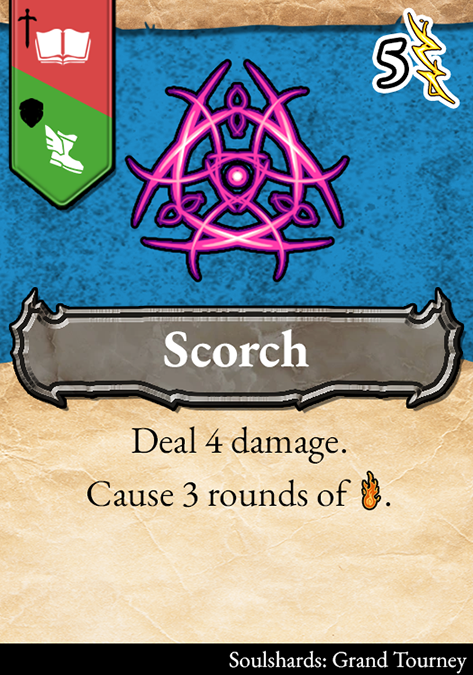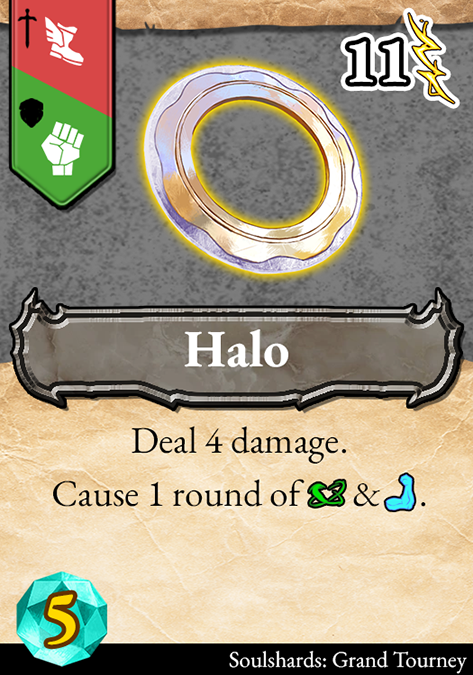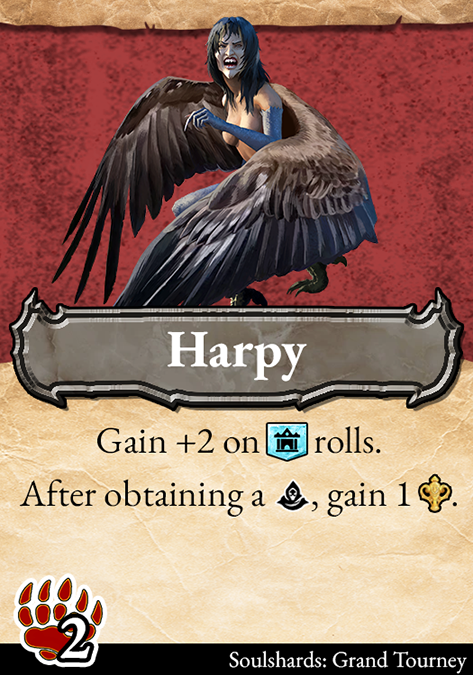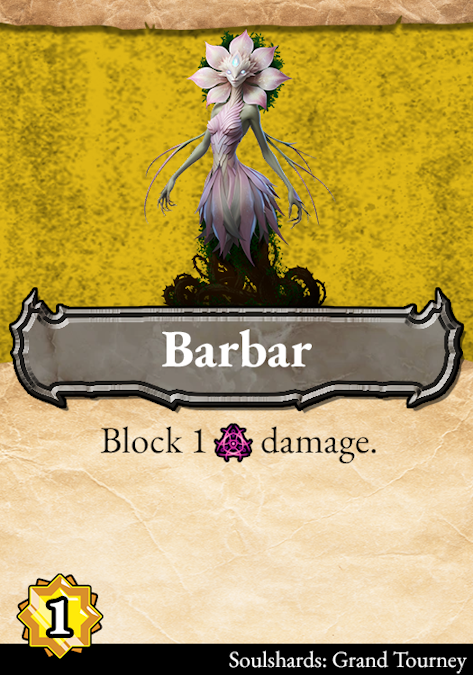Fights pit characters against monsters and each other. As monsters cannot roll dice for themselves, anyone may roll dice for the monster when needed. A fight against a monster continues until either the monster or all participating characters are defeated. A fight between characters continues until either character is defeated.
HOW TO FIGHT
Fights are completed by each participant using actions over the course of numerous rounds. To win the fight, participants must deal damage by attacking to defeat their foe. Attacks are each represented by an ability of the participant or cards that have been obtained from the game board. There are 3 types of attacks; base attacks

, spells

, and gear

. The attack type determines what other effects can apply to them. Each attack indicates on the card what Skill to roll for using it and which defense must be beat for it to take effect.
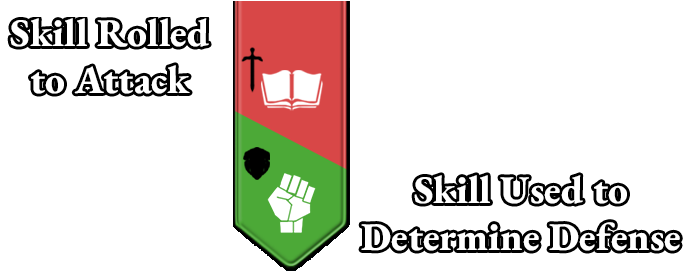
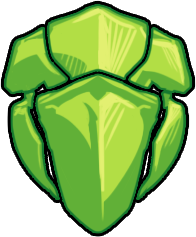
A fighter’s defense is equal to 6 + their Skill Tier. The attacker must roll that number or higher, or the attack does not affect the target. Some attacks may also include a benefit that only applies to the attacker, and that part always takes place even if the attack fails.
An attack's damage may be increased or decreased by effects. All rolls made to attack grant Accuracy to effects that deal damage. Accuracy increases the attack's damage by 1 for each 9 or higher rolled. When an effect reduces the difficulty of Accuracy, instead of needing a 9, the number is reduced by that amount. Similarly, if the difficulty is increased, the number needed is that much higher.
If the victim of an attack has any applicable Block, reduce damage by the amount of the Block. If they have multiple effects of Block, each of them applies. Damage cannot be reduced below 0. The amount of damage that is not Blocked becomes Injury and reduces the victim's remaining Grit by that amount.
There are also many Spells and Gear that can be used for support effects. When using a Spell that does not attack, roll Wit. If you do not attain 6 or higher, the Spell has no effect. Gear cards that do not attack do not require any roll, they simply grant their effect.
ONGOING EFFECTS

Effects that deal damage, heal, or end other effects occur instantly. Other effects specify how many rounds they will continue for, or they do not list a duration, allowing them to continue for the entire fight. Both of these are called ongoing effects. If a card that causes an ongoing effect is used again while its effect is active, the new effect replaces the previous instance. All ongoing effects end when the fight ends.
AILMENTS
Ailments cause a penalty to fighters. When an effect causes an Ailment already afflicting the victim, unlike other ongoing effects, add its duration to the ongoing duration. Ailments do not count as effects that belong to the fighter that caused them, instead they afflict the fighter suffering from them. If an Ailment is ended, remove all of its remaining duration. While Ailments afflict a fighter, they suffer the listed effect:
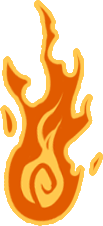
Burn: Suffer 1 Injury as its duration is reduced at the end of each round.
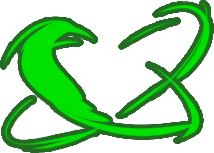
Dazzle: Suffer -1 on rolls.

Slow: Suffer -6 Priority.

Weak: Deal -1 damage.
It is possible to have Immunity to an Ailment. While Immune, a fighter cannot gain the Ailment and any amount of the Ailment afflicting them is removed.
STARTING THE FIGHT
Before beginning the fight, each player with their character in the same zone, in turn order, may choose to join the fight.
As a character enters a fight, if they have more than 1 Worn
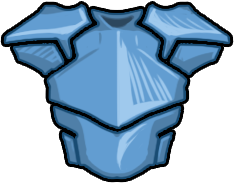
, Gear, they must choose only 1 that will apply during the fight, while all others will have no effect. Worn Gear provides protection against each attack without any activation as long, as its effect is applicable.
During a fight, each player uses a hand of cards consisting of Primary, Secondary, Lure, Balance, Manuever, and Focus. Players begin each fight with all these cards in hand. These cards determine the actions used during the fight. How these cards are used will be explained in the Rounds and Actions section.
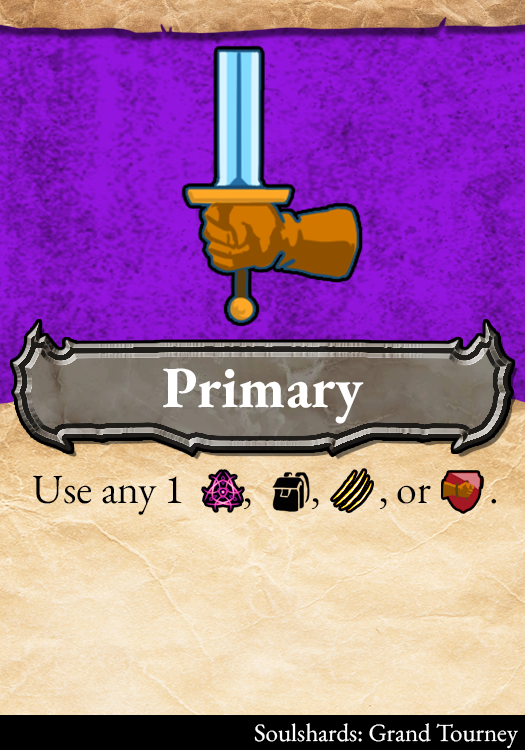
If there is a monster in the fight, choose one person to run the monster, ideally one who does not have their character participating in the fight. They obtain the monster’s combat card and follow the steps for running a monster.
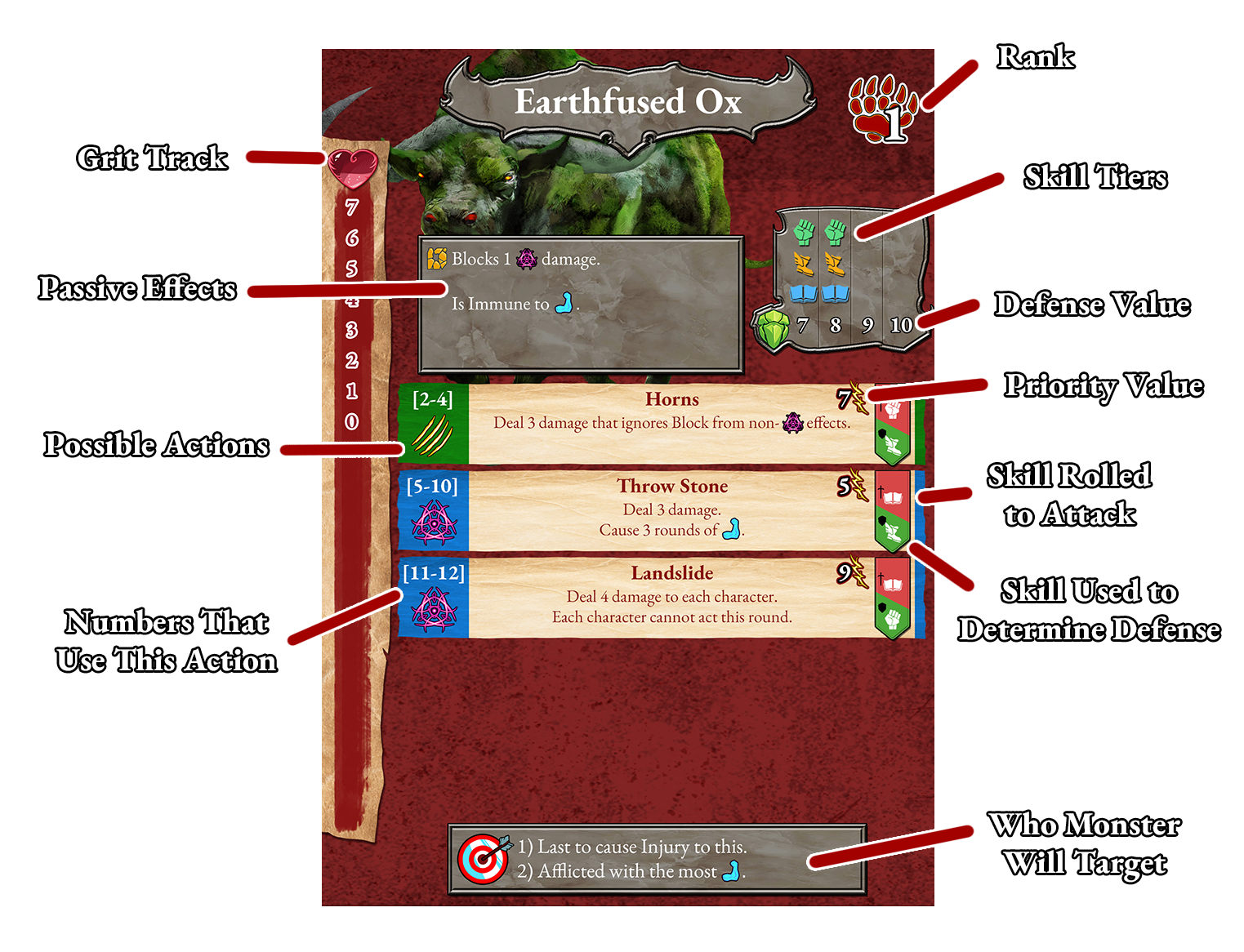
As the fight begins and each time after Fame changes, the participant with the highest Fame gains the Priority token. Monsters have Fame equal to their Rank. If participants are tied, they each roll Finesse

. The highest roll gains the Priority token, comparing second highest and lower dice if higher values match, rerolling if needed on a perfect tie. During the fight, the participant with the Priority token acts first in turn order.
ACTIONS
Each round of a fight consists of participants completing actions. Players determine their actions by playing cards from their hand, each of which can only be used once until the player plays Focus. Each action has a Priority

value to determine the order these actions are completed, with higher numbers going earlier during the round.
At the start of each round each player chooses their actions by placing two cards from their hand face-down in front of them. After all cards are placed, players reveal the cards in reverse turn order. As a player reveals their cards, if they chose Primary, Secondary, or Maneuver, they declare their choice of the applicable card or effect it permits them to use. Cards that don't have Priority complete their effect as soon as revealed.
After players have made their selections while fighting against a monster, randomly choose what action the monster will use by rolling 1 die. They will use the action on their card that contains the number rolled in its square brackets []. Some monsters do not use any action if a 1 is rolled. Place the die rolled on the fight tracker card to easily remember what action is being used.

All actions occur in order of Priority. If multiple actions have the same Priority, those actions occur in turn order. Each participant places an action token on the Priority track for each of their actions on the number matching the action's Priority. While there are tokens on the tracker, remove the highest number token and complete that action, then continue to the next action. Once all actions are complete, discard all used hand cards, reduce the duration of all ongoing effects by 1, and begin the next round.
ENDING THE FIGHT
If a character reaches 0 Grit

, they are sent to the Inn

and the player cannot Recall their character pawn that day. If a monster is defeated, each surviving character gains Fame equal to the monster's Rank, the character who made the last successful attack attains the monster card, and any other characters who fought and were not defeated gain Fame equal to half the monster’s Rank, rounded down.
RUNNING A MONSTER
When running a monster, make all rolls for them allowing the dice to make all the monster's decisions. The player can see all of the details of the monster on their combat card, but should keep the card concealed from other players. The player does not implement benefits from their own character to the monster. As the monster uses actions and effects, share all details about the action with the combatants. As the monster's remaining Grit changes, use a slider on the monster card to show its remaining Grit. Track any Ailments they suffer on the fight tracker card.
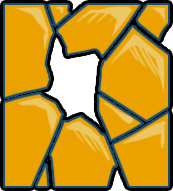
Each monster has passive effects which benefit them during combat. Their first effect is always marked as Breakable. If a character successfully uses Lure against the monster, ignore the Breakable effect for the rest of the round and read the effect to the players.
MULTIPLE CHARACTERS FACING A MONSTER
When multiple characters face a monster, determine where the monster is seated at the start of the fight. Count a number of places starting from the first actor equal to the cage number if the monster is in a cage or the zone number if the monster is escaped. The monster is in the seat clockwise of that player.
Character's attacks always target only the monster, not each other. When using a Spell that does not attack, characters may grant the effect to another character in the fight instead of themself. If a character in possession of the Priority token is defeated, check who gains the token as if Fame just changed.
For each participating character beyond the first, the monster gains +4 Grit and their actions gain +1 Priority. If there are more than 2 characters, after the monster completes their first action of the round, they roll for a second action, though that action has -6 Priority.
Each monster has two conditions used to determine who they attack when using an attack against a single character unless a character already determined who is attacked by using Balance. When attacking, they attack the character who meets the first condition. If more than one or no character meets the condition, the monster uses their other condition. If a character is not chosen by either condition, the character is chosen at random. Each time they attack, they begin with the alternate condition.
SAMPLE ROUND OF COMBAT
Player A and Player B are entering a fight together against the Wyvern who is in cage 4 of the Arena. Player A is playing the character Steve, has the first actor card, and has 3 Fame. Player B is playing Yahmra, has the mercenary Chargo with them, and has 4 Fame. Because the Wyvern is in cage 4, they count 4 places from the first actor, seating them clockwise of Player A.
Player C offers to run the monster for them, then finds the Wyvern combat card and reads its entry story. Because the Wyvern is Rank 6 and both players have less Fame than that, the Wyvern gains the Priority token. Immediately, Player C tells the players that the Wyvern has a special effect that immediately causes 2 rounds of Burn to each of them.
Player A and Player B choose the cards they want to use this round from their hand and place them face-down on the table. Because Player A is last in the combat turn order by being seated counterclockwise of the participant with the Priority token, Player A reveals their cards first. Player A has played Lure and Manuever. As Player A reveals Manuever, they use it to gain Immunity to Burn this round, immediately removing the Burn they had suffered, and selects their Heavy Shield card to use. They place their action tokens on 10 and 11 of the Priority track to match the values shown on the cards.
Player B reveals their cards are Primary, choosing Unicorn Blade, and Secondary, choosing Yahmra's character spell Enhance Power. Player B places their action tokens on 6 and 8 to match their actions.
Player C determines the monster action by rolling 1 die and rolls a 6. Checking the card, 6 shows that the Wyvern will use their attack Fire Breath that is defended by Wit of each character. Player C places the monster action token on 6 on the Priority Track because the Wyvern has +1 Priority while facing 2 characters at once. They then place the rolled die in the fight tracker card to ensure they remember what action was rolled later.
Because the Wyvern has the Priority token, Player C places their action token on top of Player B's. Then the fighters begin completing the actions.
Player A takes their actions first with both of them being highest on the track. Their Heavy Shield on 11 simply takes place as shown granting its defense bonus. As Lure activates on 10, Player A rolls their Wit to weaken the Wuvern. They roll 4 and 2, failing to reach the 8 needed to reach the Wyvern's Wit defense.
Player B has their action on 8 occur next, so they roll Wit to cast Enhance Power. They roll 8 and 2, success, so the effect granting +1 damage activates.
The last 2 actions are both on 6, but the Wyvern goes first because they have the Priority token. Player C retrieves their die from the fight tracker so they can roll all 4 dice of the Wyvern's Might as it unleashes its Fire Breath. Player C rolls 9, 8, 4, and 1. Because Fire Breath affects all players, Player A and Player B compare their defense. Both have a base defense of 8. However, Player A used Heavy Shield, increasing their defense to 9 this round. With these values, both characters are about to take a hit.
Player A decides to expend 2 Fame to reroll the 9. Player C rolls the die again, this time only rolling a 6. Since the Wyverns highest remaining die is an 8, Fire Breath fails against Player A and succeeds against Player B. Player C reveals the attack's effect is cause 4 rounds of Burn, then deal damage equal to the rounds of Burn afflicting the character. Player B suffers the Burn, and as they now have 6 rounds of Burn, the attack deals 6 damage to them. Player B shows that they have Thick Skin and Wood armor, each Blocking 1 of this damage, so they only suffer 4 Injury. Player A is disapointed they spent Fame to reroll the die as they now know the Immunity to Burn would have fully protected them anyway.
The final action is the Unicorn Blade Player B has been waiting to strike with. Player B rolls their Might and gets 5, 3, and 2. Player B knows this cannot land the hit, so chooses to expend 2 Fame to reroll the 2. The rerolled die shows 9. Because they saw the Wyvern roll 4 dice for Might with their fire breath, they know that 9 in not high enough. They decide to recall their mercenary Chargo to gain +1 on the roll. As the roll has become 10, 6, and 4, Player C confirms the attack succeeds.
Player B shows the effect of the Unicorn Blade as 6 damage and 2 rounds of Slow and Weak. They confirm the Wyvern does not increase the Accuracy difficulty from 9, and they gain 1 damage from Accuracy. Adding the bonus from Enhance Power and Accuracy, the attack deals 8 damage and causes its Ailments. Player C reveals that the Wyvern Blocks 3 non-spell damage, resulting in 5 Injury.
As the round ends, Player B reduces the duration of their Burn from 6 to 5, suffering 1 Injury from it. Player C reduces the duration of Slow and Weak on the Wyvern by 1 leaving only 1 rounds of each affliction. The group then begins the next round.
